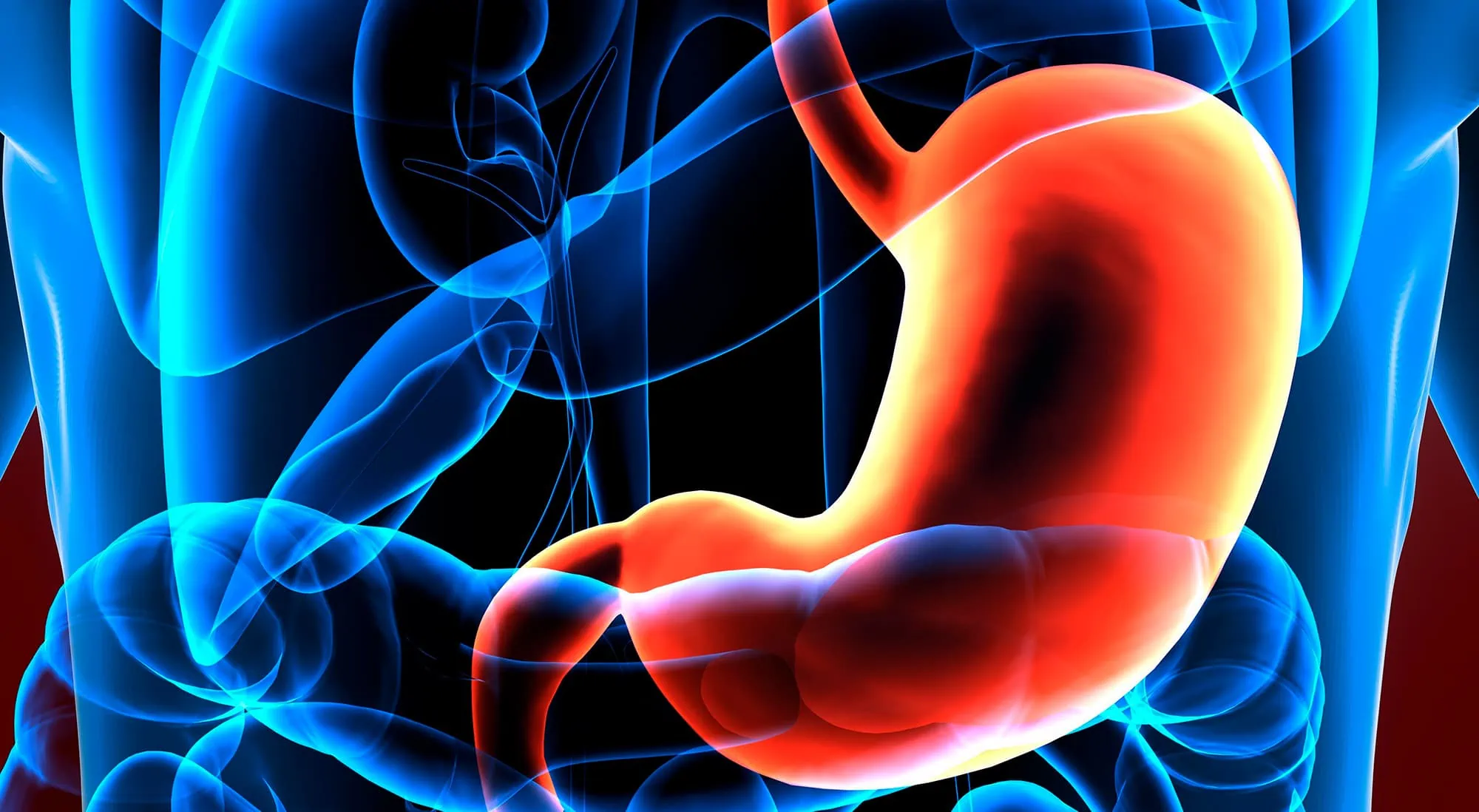LSB Study: Tracking down satiety mechanisms in the stomach
Bitter protein fragments stimulate gastric acid secretion
October 2022

© shutterstock / Life Science
LSB Study: Tracking down satiety mechanisms in the stomach
“We know from our own studies, but also from other studies, that bitter substances can stimulate gastric acid secretion, increase serotonin release from gastric cells, delay gastric emptying, as well as exert a satiating effect.”
Prof. Dr. Veronika Somoza
Director of the Leibniz Institute of Food Systems Biology at the Technical University of Munich (LSB)
Casein makes up the majority of proteins in cheese and quark. Although it does not taste bitter itself, its digestion in the stomach also produces protein fragments (peptides) that are bitter. This has been proven for the first time in a study led by the Leibniz Institute of Food Systems Biology at the Technical University of Munich (LSB). The study also suggests that the bitter peptides are able to stimulate acid secretion from gastric cells via their cellular bitter receptors. A mechanism that, according to the research team, could contribute to the long-known satiating effect of milk protein.
Not only the gut, but also the stomach is involved in hormonal hunger-satiety regulation. “We know from our own studies, but also from other studies, that bitter substances can stimulate gastric acid secretion, increase serotonin release from gastric cells, delay gastric emptying, as well as exert a satiating effect,” explains study leader Veronika Somoza. “Interestingly, protein building blocks such as the bitter-tasting amino acid L-arginine are also among the bitter substances with a satiating effect,” she continues. This gave Veronika Somoza’s team the idea of testing whether casein digestion in the stomach produces peptides that, like L-arginine, can act directly on gastric cells.
Enzymatic digestion releases bitter substances
To do this, the team used pigs as an animal model, since their digestive tract is very similar to that of humans. As the study results show, natural casein digestion in the stomach actually also produces physiologically relevant amounts of bitter peptides. “We were able to demonstrate this exemplarily for five peptides using state-of-the-art food chemistry analysis methods and with the aid of sensory tests,” says first author Phil Richter, who holds a doctorate from the LSB and contributed significantly to the study.
Further molecular biology studies by the team also demonstrate that three of these peptides are capable of boosting acid secretion from human gastric cells in a cellular assay system. The peptides are six, eight and seventeen amino acids in length. Gene expression analyses of the gastric cells and knock-down experiments also suggest that the peptides exert their effect via two gastric cell-specific bitter receptor types. The latter are also found on the tongue and are relevant there for the taste perception of bitter substances.
Peptides and bitter receptors with regulatory potential
Veronika Somoza, director of the LSB, concludes: “Our results suggest that the bitter peptides released from casein already stimulate regulatory mechanisms in the stomach that are partly responsible for the satiating effect of milk protein. Two bitter receptors are probably also involved in these.” According to the Leibniz director, clinical studies are now needed to further test the regulatory potential of such peptides and also that of extraoral bitter receptors. “If our hypothesis is confirmed, it would be conceivable in the future to target non-bitter, palatable proteins for foods from which more bitter but satiating peptides are released in the stomach. These could help regulate food intake and ultimately maintain a healthy body weight,” adds Phil Richter.
L-arginine, gastric acid and serotonin release:
Evidence suggests that not only gastric distension, but also L-arginine-induced gastric acid secretion leads to peripheral serotonin release. Serotonin is a tissue hormone and a neurotransmitter involved in satiety regulation.
Function of extraoral bitter receptors:
A growing body of scientific work is demonstrating that bitter compounds and their receptors are important for more than just taste perception. Although bitter receptors are found on the tongue, other organs such as the stomach, heart or lungs also have these taste receptors. Which physiological functions they fulfill there is the subject of current investigations, also at the LSB.
- Lise-Meitner-Straße 34
- 85354 Freising
- ed.mut@bsl-zinbiel.tcatnoc
- www.leibniz-lsb.de



